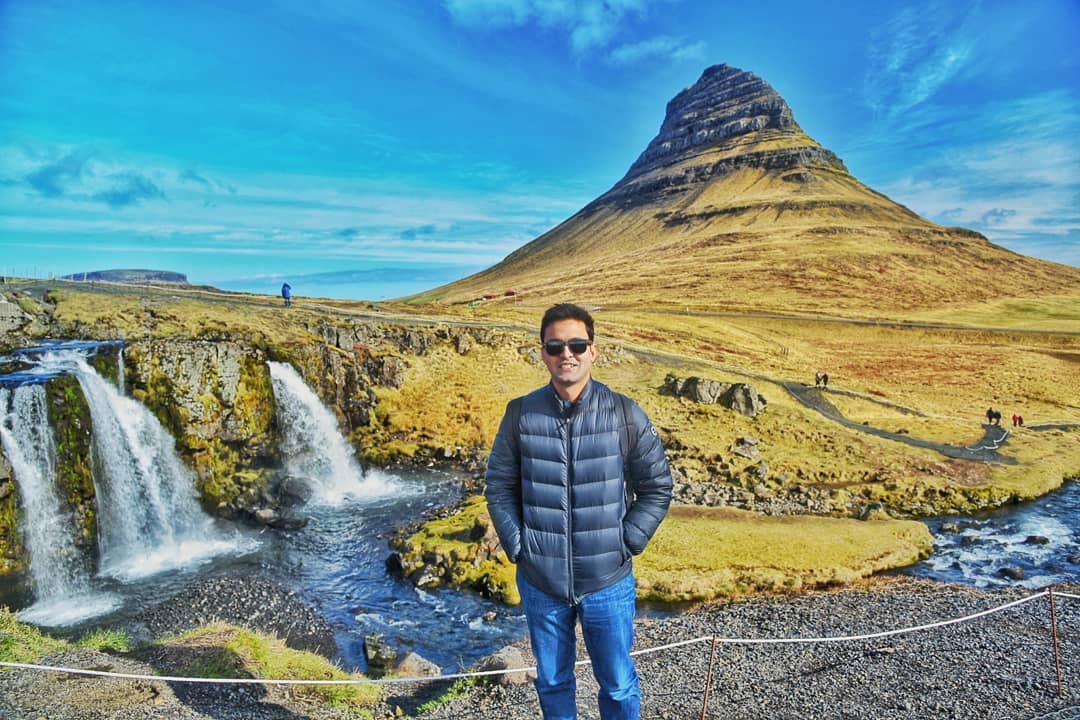Manish Baser, one of the leading Travel photographers, shares the key facets of travel photography from his experience. While the travel is some time away for most of us, it would be insightful to know what goes behind those beautiful landscape pictures.
Manish says storytelling is one of the most important factors in Photography. A picture without a story is just a superficial picture. Everybody loves a well-told story because stories are the best way to evoke emotions. They can make us excited, laugh, cry or feel empathy for someone else. But perhaps the best thing about stories is relatively simple: stories about other people help us to better understand ourselves.
Without a story, the photograph has no depth. Sure, there are pictures that are beautiful to look at. Sunrises above the ocean can be heart-warming and look great at the wall. But do they speak to you? Do they tell a story other than those of beauty?
I mean, sure those are nice images without a doubt, but they all are a kind of blob to me. I couldn’t even distinguish most of them. They don’t stick with me and I wouldn’t be able to remember them or come back, just to find another detail. “For me, photography isn’t a profession—it goes much, much deeper than that. I have an innate curiosity that drives me beyond the obvious.” Stories are integral to human culture and storytelling is timeless. In photographic practice, visual storytelling is often called a ‘photo essay’ or ‘photo story’. It’s a way for a photographer to narrate a story with a series of photographs. We have all seen that one photograph which makes us pause and think. Perhaps it also spoke to your imagination and made you experience the story.
Unlike a simple image that only gives random data or facts, a storytelling image inspires people, makes them think, and invoke their emotions. In other words, it can have a bigger impact. While it is more challenging to create such an image, these moments can help you to deliver how you feel about something, send an important message or show an idea with your photography says Manish Baser.
Below are the three tips to add a sense of story to your photography
Include small details to tell a story in a single frame
Imagine your task is to tell the visual story of a person. A parent perhaps, or even yourself. How would you do it? A single portrait wouldn’t be a story. A person’s story is in the details; a picture of their desk, travel books strewn across a bedroom floor, a close-up of their hands that are dirty from working the garden, and a wide-angle portrait of them surrounded by a few of their favorite things.
Practice Your Ability to Evoke Emotion in Your Work
If a “story” is a “sentence,” then “emotions” are “words”. So, before we dive deeper in crafting our ability to create visual stories, let us work on evoking emotions in our images first. Head out to the field, either the streets, a wild landscape or the studio, with an aim to create an image that evokes a specific emotion. Start with basic emotions, such as happiness or sadness. It’s not as easy as it sounds. Yes, to evoke happiness, you can just photograph someone smiling or ask someone to smile for you, but that’s too easy and flat.
Plan, plan and plan some more
Planning is an essential part of the process for visual storytelling. A good friend of mine, the documentary photographer Kaushik Ghosh, once said: “What your mind does not know, your eyes can’t see.” This is probably most apt when planning your photo essay. You must plan well ahead to visualise the story. Taking these steps beforehand will give the structure you need for your narrative.


